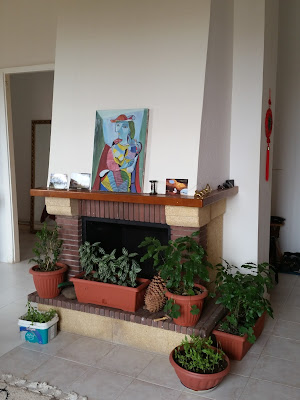
Week one...completed! I hope you all had a smooth start to the year.
Al Akhawayn School of Ifrane (ASI) is a Pre-K to Grade 12 school with approximately 140 students. It was opened in 1995 in conjunction with Morocco's first and only English speaking University, Al Akhawayn University.
The school has preschool students aged 2-4. Primary classes include one section of each grade (including my grade 4 class). Secondary school starts at grade 7 and include course selections such as British Literature, American Literature, English, Moroccan History, Geography, Biology, Chemistry, Physics, Earth and Space Science (includes Environmental Science and Astronomy), Algebra, Calculus and Geometry and more.
Starting in kindergarten all students take French and Arabic as a language. Specials include Physical Education, Art, Music, and IT (computers). Students have a very busy schedule and a lot of homework when you account for the language classes.
ASI is a semi-public school opened in conjunction with Al Akhawayn University. It requires a tuition. Many professors and staff members send their children to the school. It is also open to the community.
Al Akhawayn University (AUI)
The University was opened by King Hassan II. Having a vision of an English speaking university in Morocco, King Hassan II saw an opportunity to open the university after being given a large endowment that was not used for its original purpose. An oil spill off the Atlantic coast of Morocco in 1990 sparked Saudi Arabia's King Fadh to send aid to Morocco (about 50 million dollars) to clean up the oil spill before it reached the coastline. Due to ocean currents and wind, the oil never reached the coastline and the money was left unused. King Hassan II decided the money would be well spent on opening the University. The name Al Akhawayn means two brothers, meaning King Hassan II of Morocco and King Fadh of Saudi Arabia.
AUI and ASI are located in Ifrane, Morocco. Ifrane is situated in the Middle Atlas Mountains.
Miss Hsu's Grade 4 classroom
ASI front gate




















